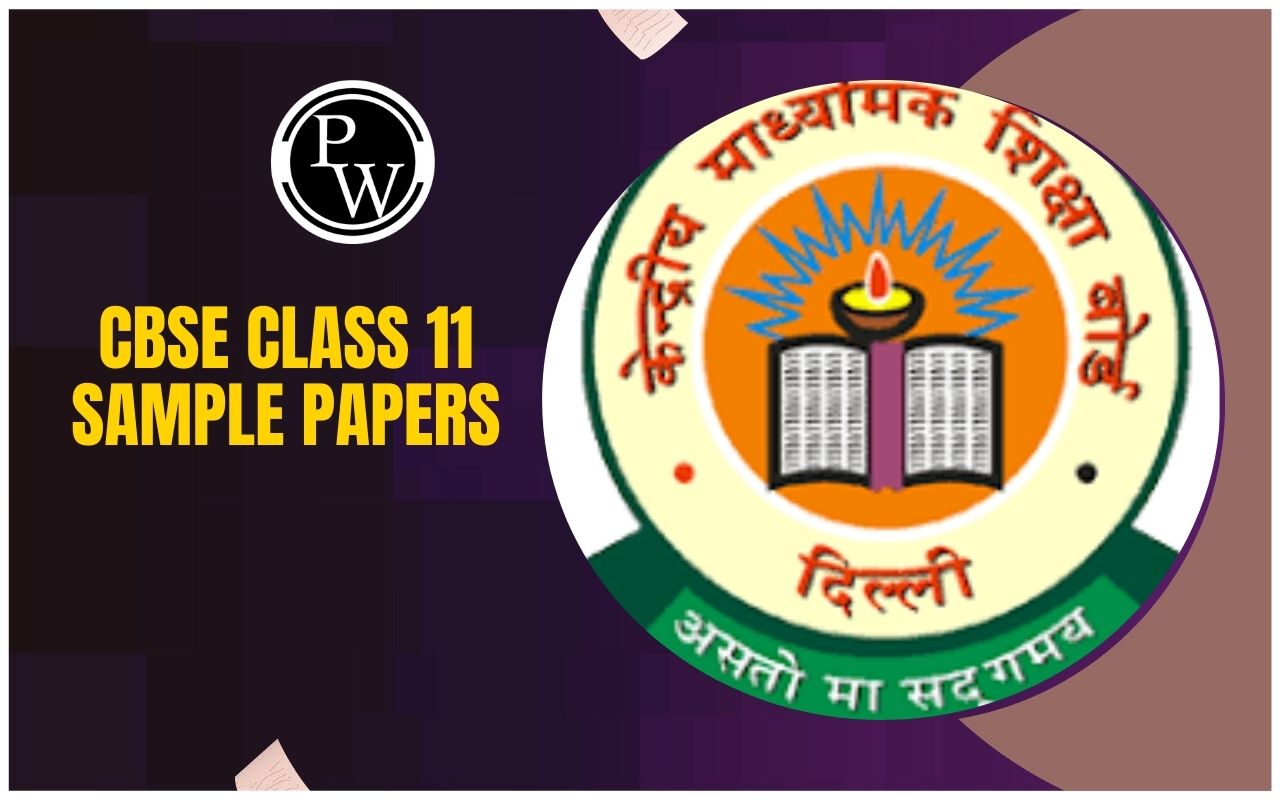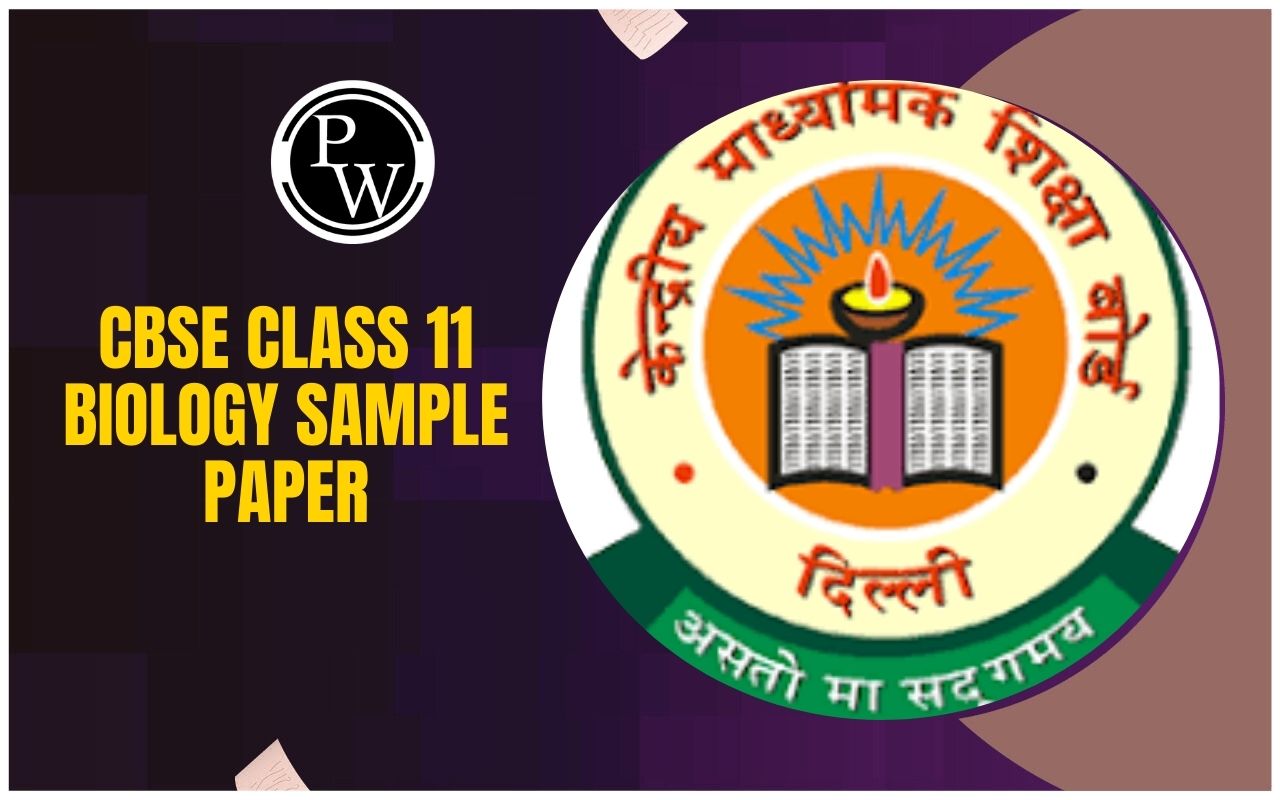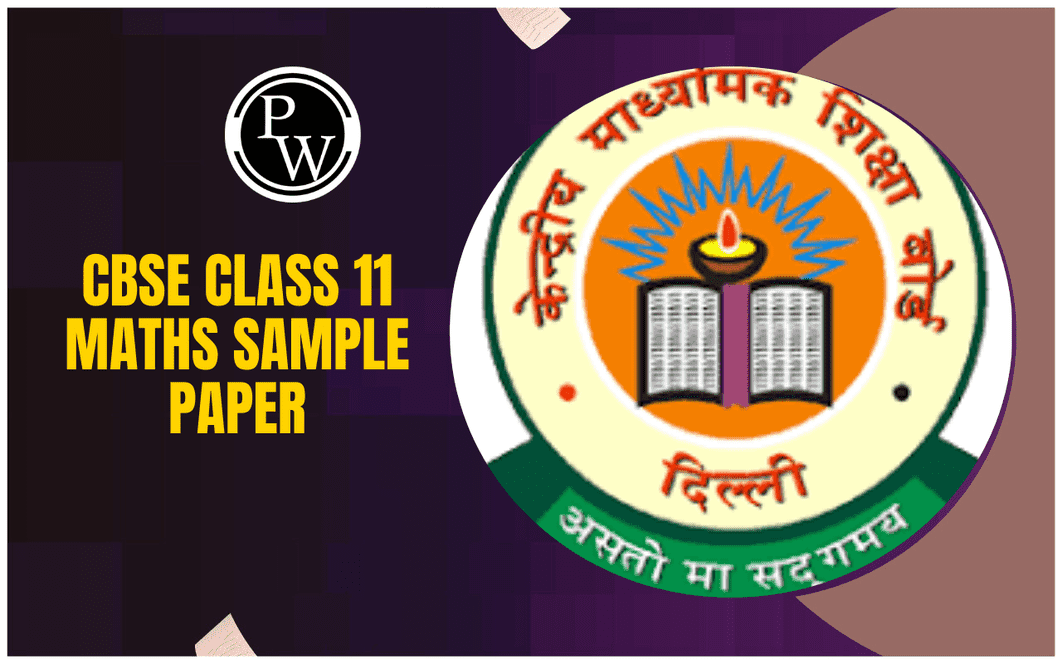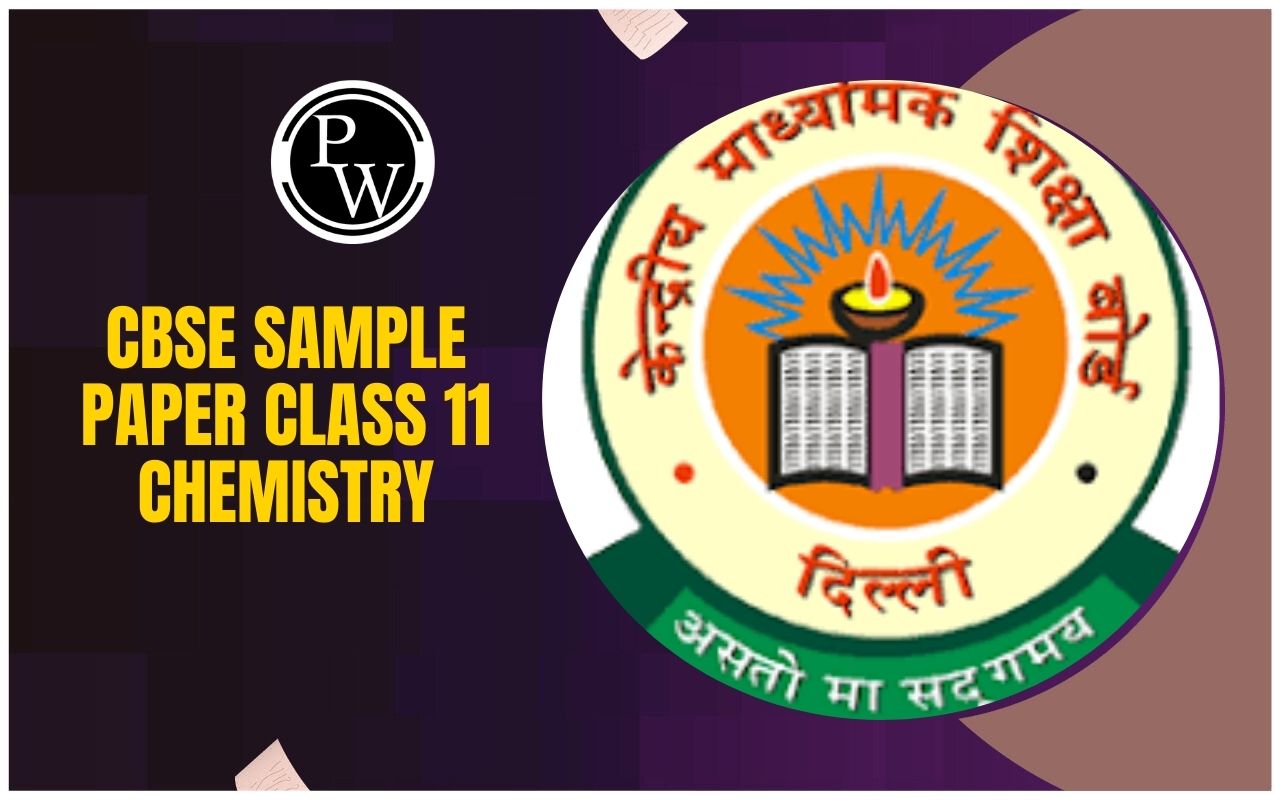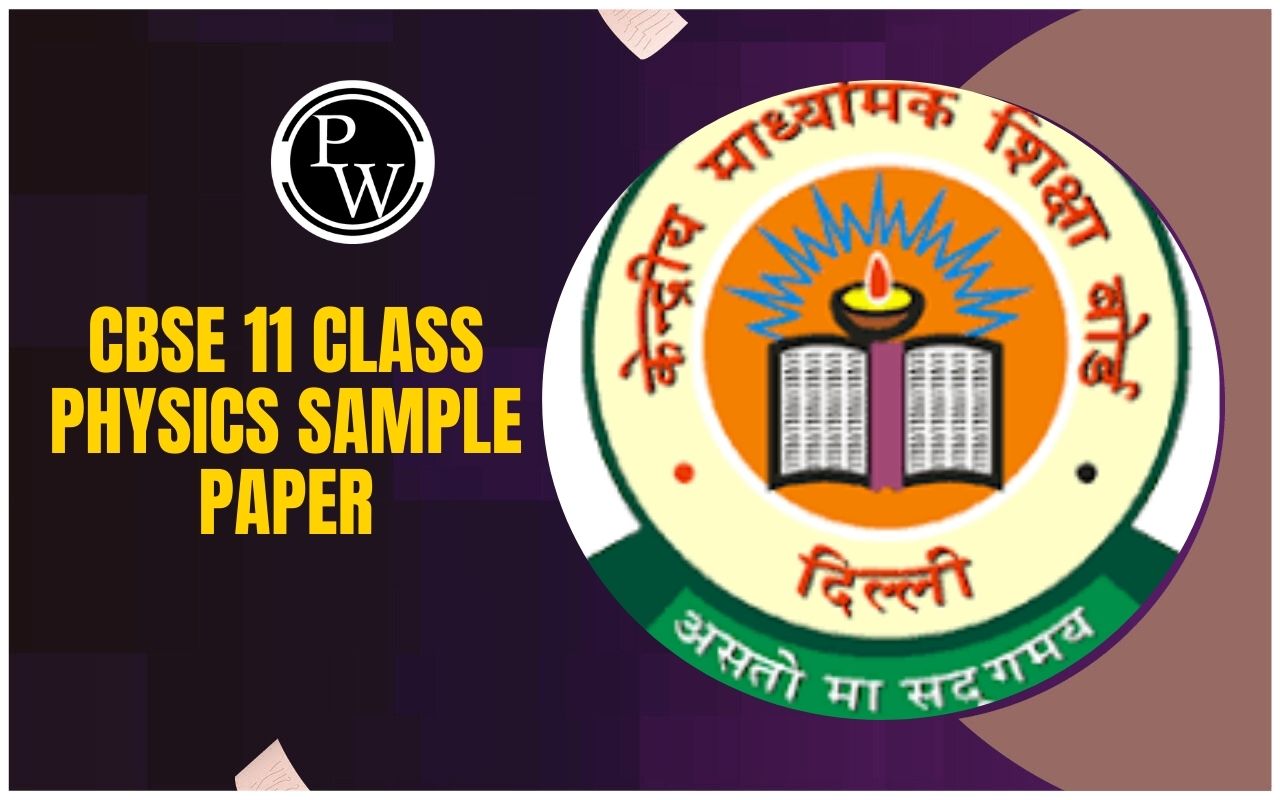
NCERT Solutions for Class 11 English Hornbill Chapter 3 Poem: Chapter 3 of Hornbill (Class 11 English) includes the poem "The Laburnum Top" by Ted Hughes. The poem depicts a serene yet dynamic scene of a laburnum tree that initially appears lifeless but comes to life when a goldfinch arrives.
The bird symbolizes energy, bringing vibrancy to the otherwise silent tree. The poet uses imagery and metaphors to highlight the interconnectedness of nature, the fleeting moments of liveliness, and the cyclical nature of life. The poem reflects renewal, mutual dependence, and transformation, emphasizing how life can emerge from stillness and silence, leaving a sense of quiet fulfillment.
NCERT Solutions for Class 11 English Hornbill Chapter 3 Poem Overview
Chapter 3 of Hornbill (Class 11 English) features the poem "The Laburnum Top" by Ted Hughes, which beautifully captures the relationship between nature and life. The poem describes a seemingly lifeless laburnum tree that suddenly bursts into activity when a goldfinch arrives to feed its chicks.
The poet uses vivid imagery and metaphors to highlight themes of interdependence, transformation, and renewal. The poem teaches us the importance of nature’s balance and how even small creatures contribute to the ecosystem. It encourages readers to observe and appreciate nature’s subtle yet profound beauty, reinforcing the message of harmony and coexistence.
NCERT Solutions for Class 11 English Hornbill Chapter 3 Poem PDF
Below, we have provided the NCERT Solutions for Class 11 English Hornbill Chapter 3 Poem – "The Laburnum Top" by Ted Hughes in PDF format. This resource includes a summary, important questions, and detailed explanations to help students understand the poem’s themes, literary devices, and meanings. The PDF is designed for easy access and comprehensive learning, ensuring a clear grasp of the poem’s significance and interpretation.
NCERT Solutions for Class 11 English Hornbill Chapter 3 Poem PDF
NCERT Solutions for Class 11 English Hornbill Chapter 3 Poem
Below is the NCERT Solutions for Class 11 English Hornbill Chapter 3 Poem -
Find out
1. What laburnum is called in your language.
Answer:
Write your own answer.
2. Which local bird is like the goldfinch.
Answer:
The Lutino Indian Ringneck is the local bird which is like the goldfinch.
Think it out
1. What do you notice about the beginning and the ending of the poem?
Answer:
The poem starts with a dull and lifeless scene. The laburnum tree stands quietly without any movement. There are no signs of life. Its leaves have turned yellow, and the seeds have already dropped. This indicates that it is autumn.
2. To what is the bird’s movement compared? What is the basis for the comparison?
Answer:
The movement of the bird is compared to that of a lizard. They are both sleek, alert, and abrupt. As a result, the comparison is both accurate and convincing.
3. Why is the image of the engine evoked by the poet?
Answer:
The mother bird is compared to an engine because she is the main support for her family. Just like an engine powers a machine, she works hard to bring food for her chicks and keep them safe.
4. What do you like most about the poem?
Answer:
Write your own answer.
5. What does the phrase “her barred face identity mask” mean?
Answer:
This means that it is the mark of recognition that the mother bird uses to reveal her identity as the mother of her babies.
Note down
1. the sound words
Answer:
Chirrup, chitterlings, trillings, whistle-chirrup whisperings
2. the movement words
Answer:
twitching, tremor, trembles, stokes, flirts, launches, subsides
3. the dominant colour in the poem.
Answer:
Yellow
List the following
1. Words which describe ‘sleek’, ‘alert’ and ‘abrupt’.
Answer:
Suddenness, startlement
2. Words with the sound ‘ch’ as in ‘chart’ and ‘tr’ as in ‘trembles’ in the poem.
Answer:
‘ch’ sound-Chirrup, chitterlings
‘tr’ sound- trillings, tremor, tree
3. Other sounds that occur frequently in the poem.
Answer:
‘st’, ‘ill’ and ‘ing’
Benefits of Using NCERT Solutions for Class 11 English Hornbill Chapter 3 Poem
Using NCERT solutions for Hornbill Chapter 3 Poem, "The Laburnum Top" by Ted Hughes, offers several advantages to students. These solutions help in better understanding, effective learning, and scoring well in exams. Below are the key benefits:
1. Clear Understanding of the Poem
-
NCERT solutions provide a detailed explanation of the poem, making it easier for students to grasp its meaning.
-
They break down the poem’s complex language, literary devices, and imagery, helping students interpret it correctly.
2. Helps in Exam Preparation
-
The solutions include important questions and answers, which are frequently asked in exams.
-
They follow the NCERT curriculum and CBSE marking scheme, ensuring that students prepare effectively.
3. Explanation of Literary Devices
-
The poem contains imagery, metaphor, and personification, which are explained in NCERT solutions.
-
Understanding these literary devices enhances analytical skills and helps students appreciate poetry better.
4. Easy to Revise and Retain Information
-
The solutions summarize the poem’s theme, meaning, and message in a structured way, making revision easier.
-
Short explanations and key points help in quick recall during exams.
5. Enhances Writing and Analytical Skills
-
Answering questions using NCERT solutions improves students' writing style and critical thinking.
-
Students learn to frame well-structured and to-the-point answers, which is crucial for scoring high marks.
NCERT Solutions for Class 11 English Hornbill Chapter 3 Poem FAQs
What is the theme of the poem "The Laburnum Top"?
Who is the poet of "The Laburnum Top"?
Why does the laburnum tree appear lifeless at the beginning?

